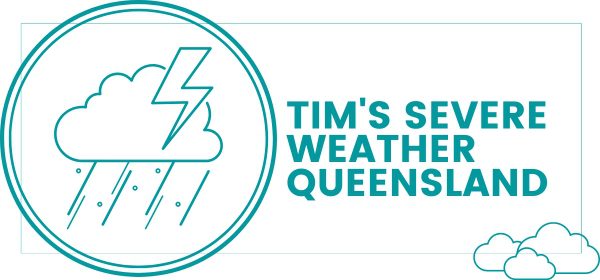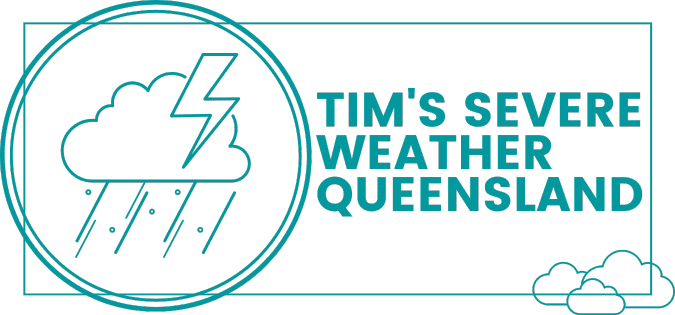Wind Weather Forecast Chart
Live Radar & Lightning Map
Satellite Weather Forecast Map
Rain & Thunder Forecast Map
Temperature Forecast Chart
Waves & Swell Forecast Map
Rain Accumulation Forecast Chart
Wind Gusts Forecast Map
Thunderstorm Forecast Chart
Weather Warnings Map
You can also change the overlay or layer by clicking on the icon top right of each map to access more layers and forecasts.
Charts Provided By Windy.com
Learn about weather charts, including Wind Weather Forecast Charts, Live Radar & Lightning Maps, and more. Understand how to read and interpret these charts for accurate weather forecasting in Queensland and New South Wales.
Weather Charts: A Comprehensive Guide for Queensland and New South Wales
Introduction to Weather Charts
Weather charts, also known as synoptic charts, are graphical representations of meteorological data that depict various weather elements such as air pressure, wind direction, temperature, and precipitation. These charts are essential tools used by meteorologists to analyze and forecast weather patterns. In this comprehensive guide, we will explore the different types of weather charts and how they are used in Queensland and New South Wales.
Types of Weather Charts
- Wind Weather Forecast Chart: Shows the predicted wind direction and speed over a specific area.
- Live Radar & Lightning Map: Displays real-time radar and lightning information, indicating storm activity.
- Satellite Weather Forecast Map: Provides satellite imagery showing cloud cover and weather systems.
- Rain & Thunder Forecast Map: Predicts the location and intensity of rainfall and thunderstorms.
- Temperature Forecast Chart: Indicates expected temperature patterns over a region.
- Waves & Swell Forecast Map: Shows wave heights and directions for coastal areas.
- Rain Accumulation Forecast Chart: Predicts the amount of rainfall over a period.
- Wind Gusts Forecast Map: Displays expected wind gusts, useful for aviation and marine purposes.
- Thunderstorm Forecast Chart: Predicts the likelihood of thunderstorm development.
- Weather Warnings Map: Highlights areas under weather alerts and warnings.
How to Read Weather Charts
To interpret weather charts effectively, it’s essential to understand the symbols and patterns used. Isobars, lines connecting points of equal pressure, indicate areas of high and low pressure. The spacing between isobars indicates the strength of the pressure gradient and wind speed. Other symbols represent fronts, troughs, and various weather phenomena.
FAQ
Q1: What are the benefits of using weather charts?
A: Weather charts provide valuable insights into current and future weather conditions, helping individuals and organizations make informed decisions regarding outdoor activities, travel, and safety measures.
Q2: Where can I access weather charts for Queensland and New South Wales?
A: The Bureau of Meteorology website offers a wide range of weather charts for different regions, including Queensland and New South Wales.
Q3: How often are weather charts updated?
A: Weather charts are typically updated several times a day to reflect the latest meteorological data and forecast models.
Q4: Can I use weather charts to plan my outdoor activities?
A: Yes, weather charts provide valuable information on wind, rain, and temperature patterns, helping you plan your outdoor activities accordingly.
Q5: Are there any online resources for learning how to read weather charts?
A: Yes, several online resources provide tutorials and guides on how to read and interpret weather charts effectively.
Q6: How accurate are weather charts in predicting weather conditions?
A: Weather charts are based on sophisticated models and data analysis, making them relatively accurate in predicting weather patterns. However, factors such as local terrain and atmospheric conditions can influence their accuracy.
Q7: Can weather charts help in preparing for severe weather events?
A: Yes, weather charts provide early warning signs of severe weather events such as storms, cyclones, and heavy rainfall, allowing authorities to issue timely warnings and advisories.
Q8: Are there any limitations to using weather charts?
A: Weather charts are based on mathematical models and historical data, so there is always some degree of uncertainty in their predictions. Additionally, they may not account for localized weather phenomena.
Advice & Actionable Tips
- Stay Informed: Regularly check weather charts and forecasts to stay updated on changing weather conditions.
- Plan Ahead: Use weather charts to plan outdoor activities and travel routes, taking into account expected weather conditions.
- Be Prepared: In areas prone to severe weather, such as cyclones or thunderstorms, have a preparedness plan in place and follow any advice or warnings issued by authorities.
On Windy.com, in addition to the charts and overlays on this weather page, there are several other weather charts and overlays available. Some of them include:
1. Air Quality Index (AQI): Provides information on air pollution levels in different areas.
2. Clouds: Shows the cloud cover and type, such as low, medium, and high clouds.
3. Dust: Displays dust concentration in the atmosphere.
4. Fog: Indicates the presence and density of fog in various locations.
5. Lightning: Shows real-time lightning strikes on a map.
6. Snow: Displays snow cover and snow depth.
7. Waves: Provides information on wave height, direction, and period.
8. Wind Animation: An animation showing the movement of wind over a selected time period.
9. Temperature Animation: An animation showing the change in temperature over time.
These additional charts and overlays can provide valuable information for various activities and planning, such as outdoor events, travel, and sports.
See them all on www.Windy.com
🌐Article Sources & Resources
- Bureau of Meteorology – Current and Forecast Charts: Provides various weather charts and maps for Queensland and New South Wales, including mean sea level pressure maps, short-term forecast maps, UV forecast maps, and maps for tropical and Southern Hemisphere regions.
- Weatherzone – Australian 7-Day Synoptic Charts: Offers daily weather chart summaries for Australia, including Queensland and New South Wales, detailing expected weather conditions such as showers, storms, and high/low-pressure systems for each day.
- Oz Forecast – NE NSW & SE QLD Weather Radar, Satellite, Bushfires and Lightning: Displays radar, satellite, lightning, and weather station data from the Bureau of Meteorology for NE NSW and SE QLD, providing real-time updates on weather conditions.
By understanding how to read and interpret weather charts, you can better prepare for and respond to changing weather conditions in Queensland and New South Wales. Whether you’re a weather enthusiast or simply want to stay informed, weather charts are valuable tools that can help you make informed decisions.


